Continued from Part 1, Part 2, Part 3 and Part 4
Wrapping up our recap on #Thirsty4Change, we meet Dr Harah Chon, the Lecturer-In-Charge for the MA Design programme at LASALLE College of the Arts. Earlier this year, the Lien Centre for Social Innovation at the Singapore Management University and LASALLE College of the Arts embarked on a cross-disciplinary collaboration, in which students across both institutions attended workshops on data collection, coding and data visualisation, and reimagined how bubble tea can be made and enjoyed at a lower cost to the environment. SMU undergrads Ishan and Elyza, who brainstormed with LASALLE students and worked with Dr Chon to conceive their design proposals, regroup with the latter today to discuss #BBT and the culture of excess.
Why was it significant to take a cross-disciplinary approach towards examining the bubble tea phenomenon?
The MA Design programme at LASALLE College of the Arts is a research-driven, design practice degree where each student leads a project on a significant design issue. Part of being a good design researcher requires the ability to translate ideas across disciplinary boundaries, which was achieved through this collaboration with SMU undergraduate students.
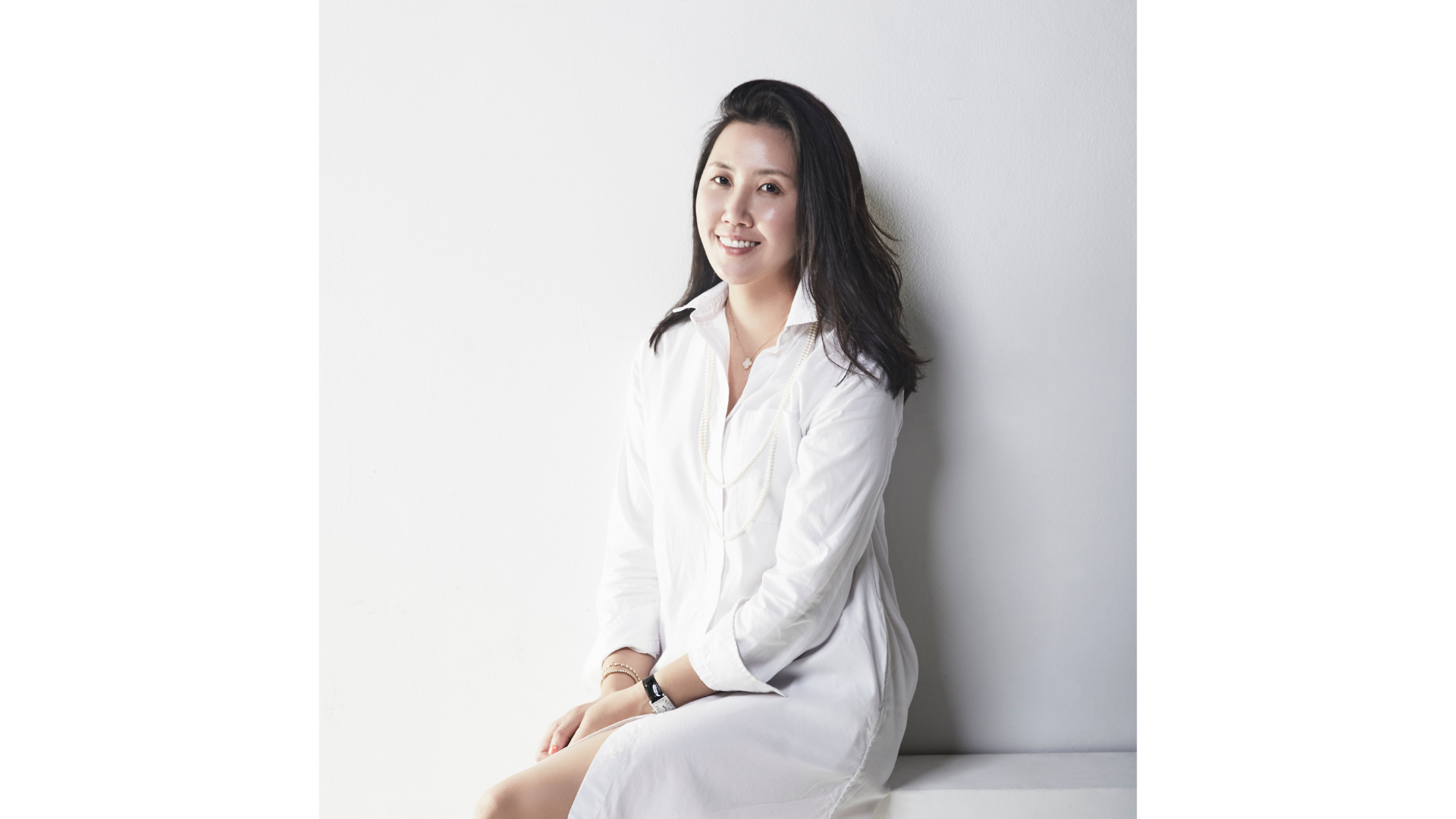
Image courtesy of Dr Harah Chon.
How did design tie in with this objective of trying to make bubble tea sustainable?Design is very much an interdisciplinary form of practice and knowledge can be generated through the exchange of ideas between individuals of different backgrounds. The role of design is to affect and effect change to improve upon the future, which requires new ways to collaborate towards innovative solutions.
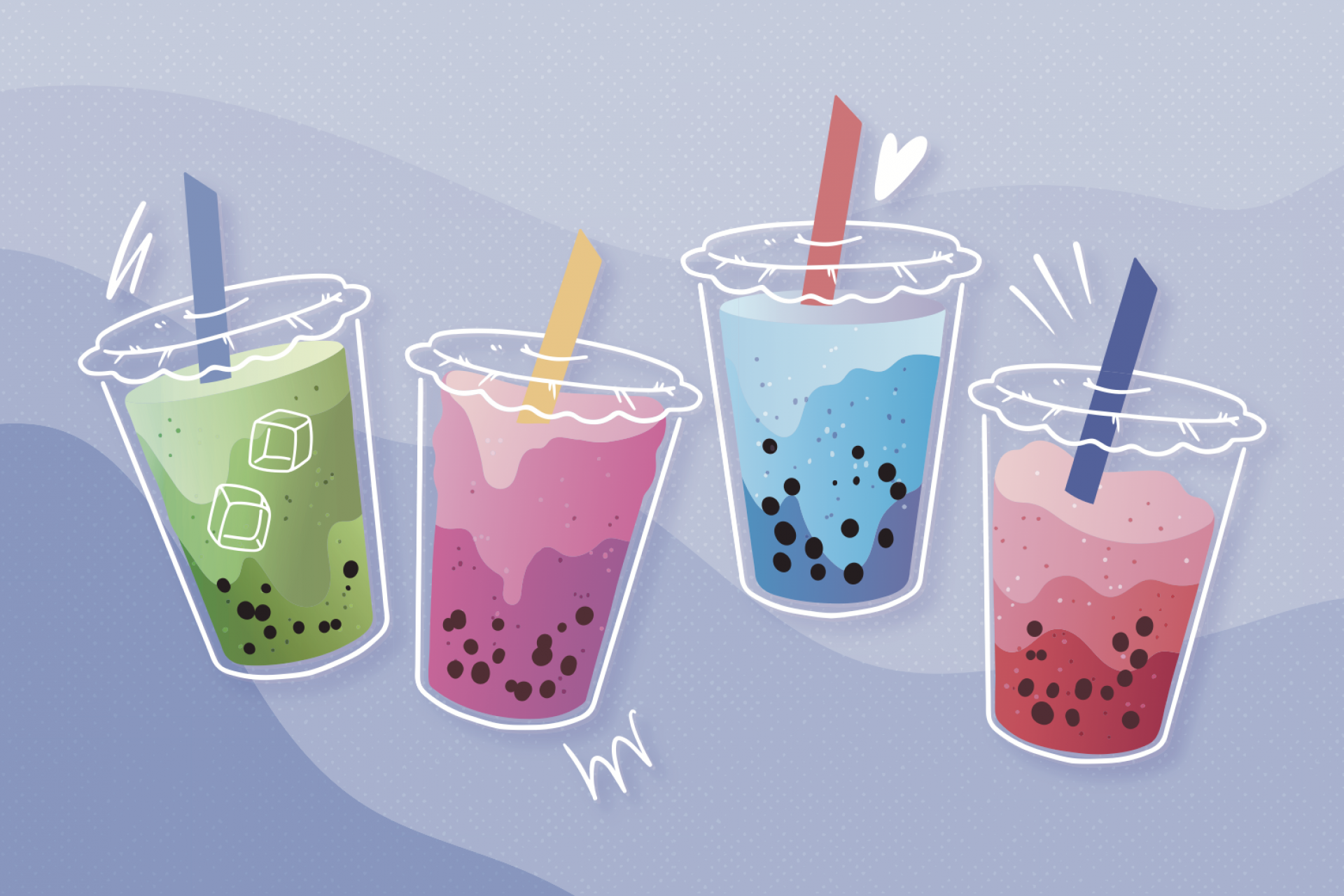
Image via freepik.
Plastic waste aside, what does #Thirsty4Change hope to address?
The “bubble tea” phenomenon, as a part of the larger problem of sustainability, is a very complex and systemic issue that needs to consider the four pillars of cultural change: awareness, behaviours, lifestyles and re-education. These challenges require a strategic methodology and thinking process, which can be tackled through design. Design is about questioning current situations in order to propose future solutions. This requires a way of looking, thinking and evaluating small interventions across micro, meso and macro-levels of sustainability. While #Thirsty4Change will not solve the systemic issues of plastic consumption and waste, it has managed to initiate a conversation that will grow into a more developed discourse around the impact of individual actions and the ways in which we can produce a culture of change in Singapore.
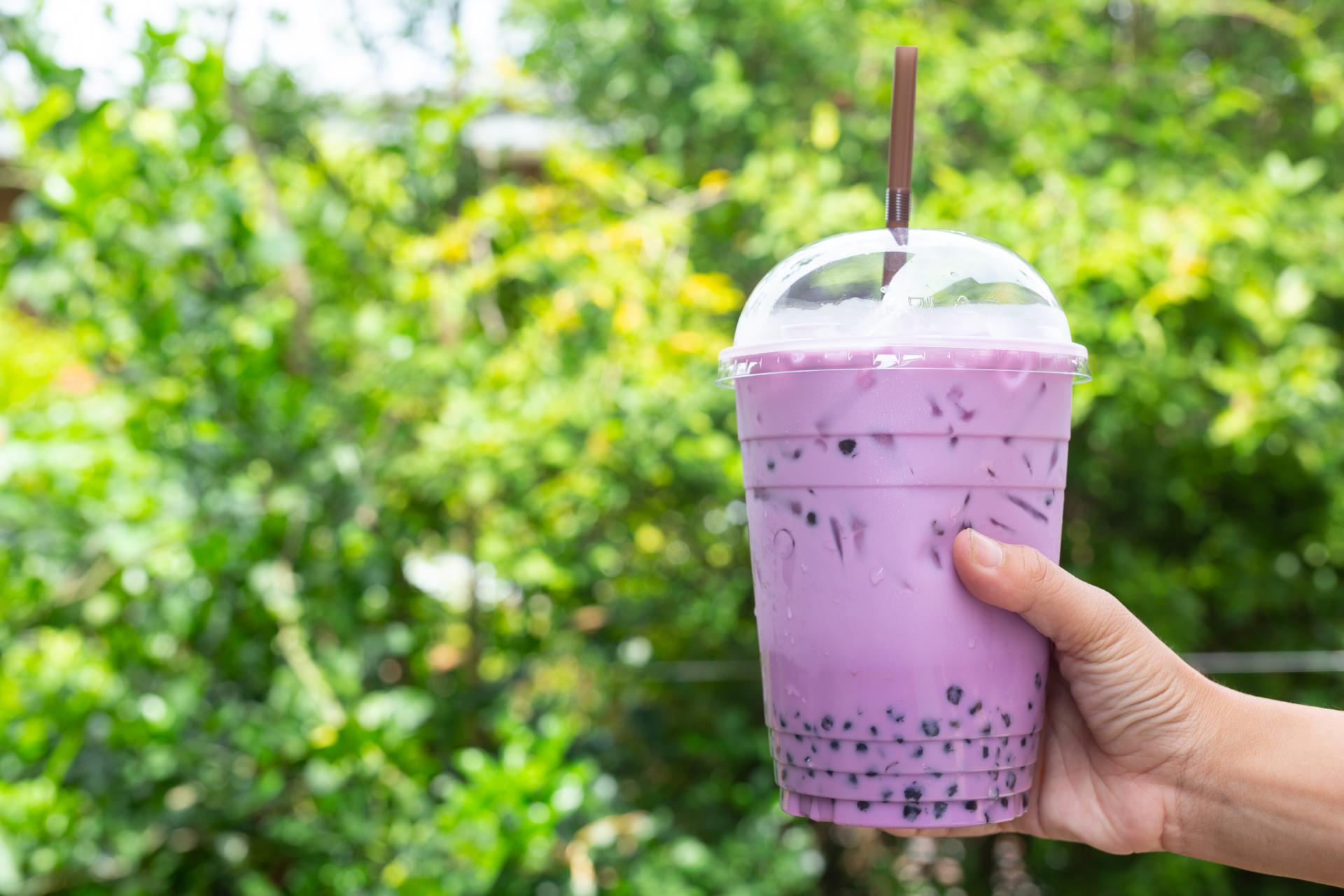
Image via freepik.
What did you think about the students' final outputs?
It was very interesting to see how the cross-pollination of ideas resulted in very different outcomes. I found that the MA Design students were able to expand on practical design solutions with broad applications, whereas the SMU undergraduates translated their data and findings through a design form. This type of knowledge transference is what strengthens interdisciplinary collaborations and allows for abstract ideas to materialise into future product solutions. The initial ideas were well-formulated and could be proposed to bubble tea producers and retailers.
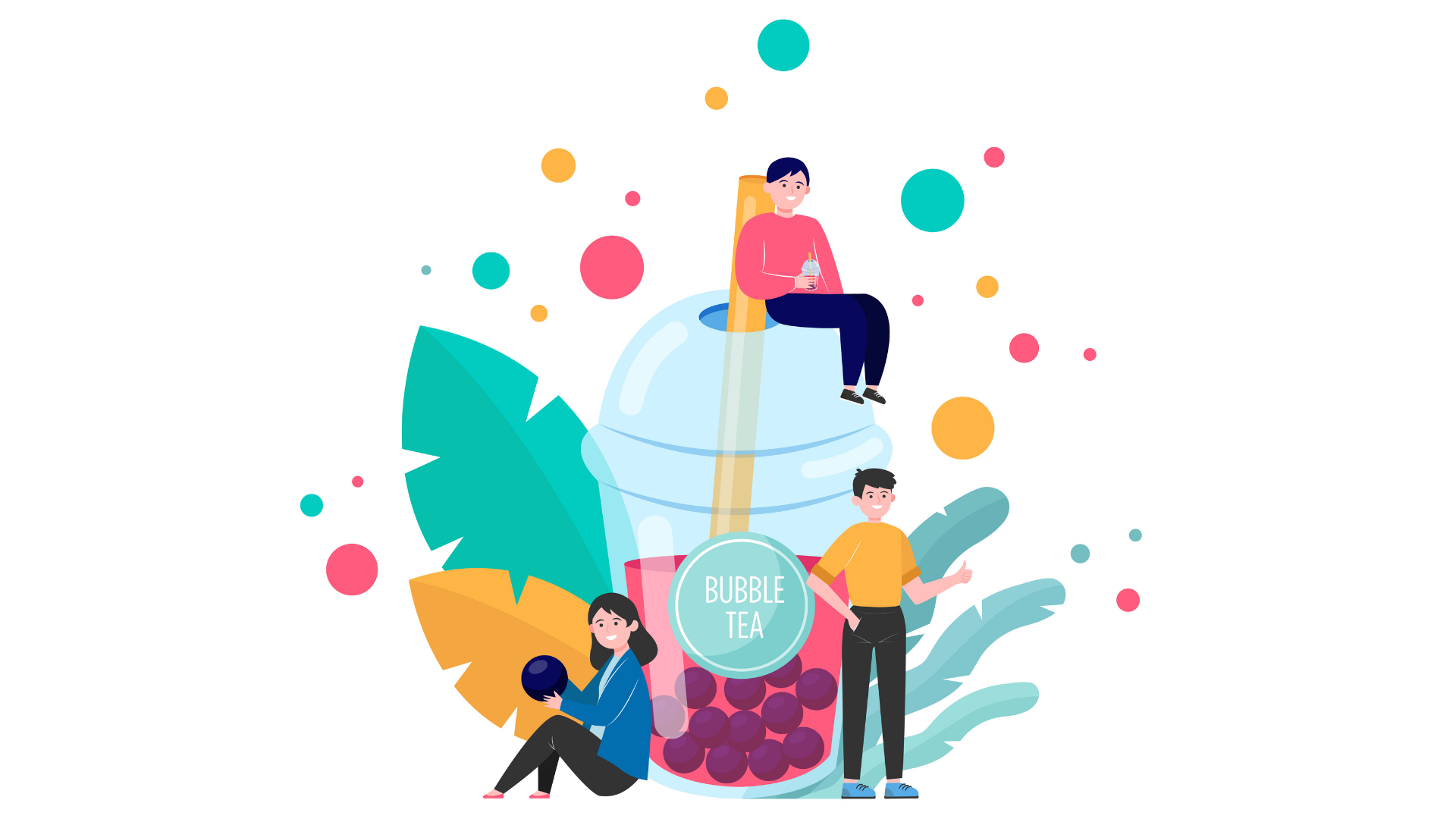 Image via freepik.
Image via freepik.
COVID-19 and social distancing measures prevented the students from continuing in-person sessions through the summer. How different do you think the whole experience could've been if not for the pandemic?
A significant part of the design process involves prototyping and testing, as it is often at this stage that good ideas tend to fail and one’s mistakes can be made plausible. Although the students have missed out on opportunities to produce more tangible outcomes, it is a condition of design uncertainty. The pandemic has amplified the ever-evolving nature of design and also magnified the bubble-tea issue, where the solutions proposed by the students have become more culturally significant.
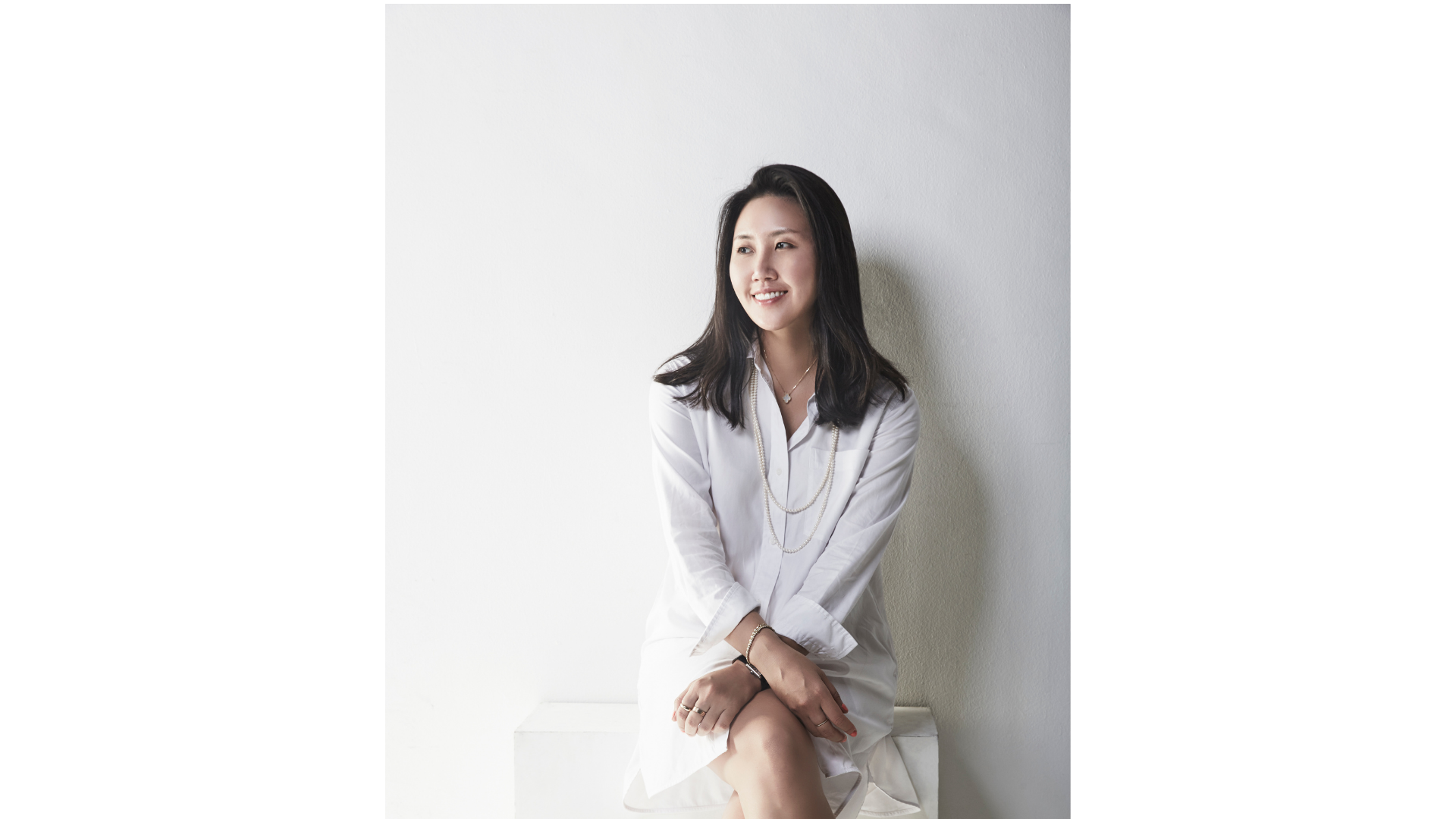
Image courtesy of Dr Harah Chon.
What advice do you have for the students involved in #Thirsty4Change or anyone interested in exploring this topic?
The collaboration between both schools is an example of how design can be applied across various sectors to address the many complex issues that we face today. I hope that the students not only learned new skills through the design workshops, but have also adopted a new way to approach future social issues.




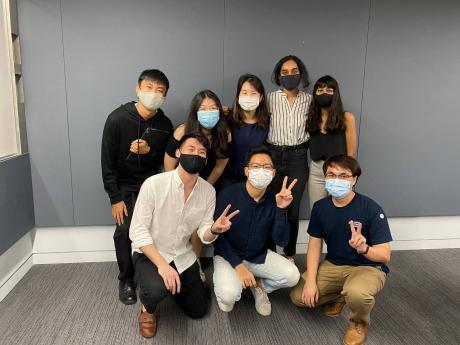



Comments